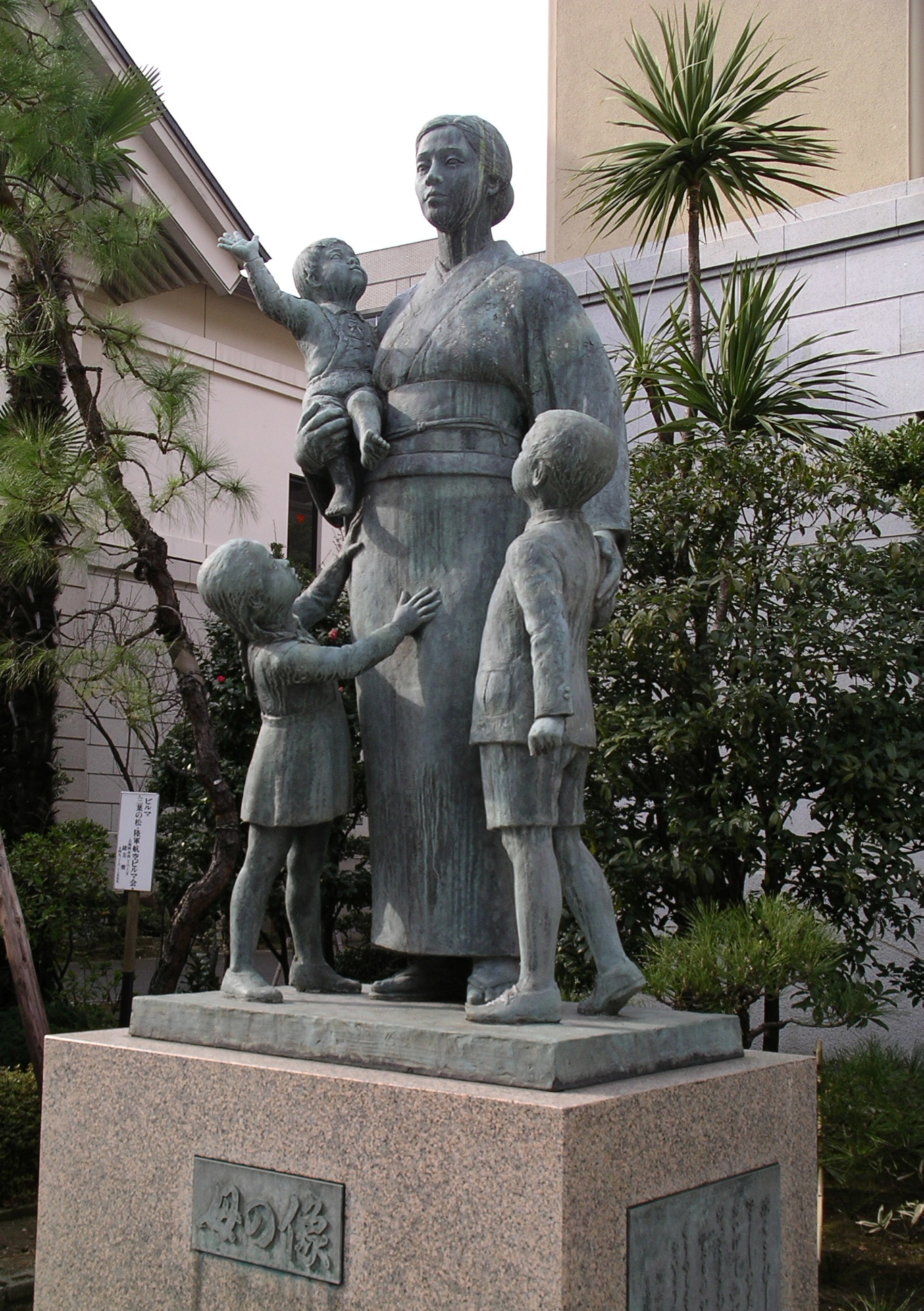|
List Of MeSH Codes (N01)
The following is a partial list of the "N" codes for Medical Subject Headings (MeSH), as defined by the United States National Library of Medicine (NLM). This list continues the information at List of MeSH codes (M01). Codes following these are found at List of MeSH codes (N02). For other MeSH codes, see List of MeSH codes. The source for this content is the set o2006 MeSH Treesfrom the NLM. – population characteristics – demography * – age distribution * – censuses * – ethnic groups * – family characteristics * – birth intervals * – birth order * – marital status * – divorce * – marriage * – single person * – single parent * – widowhood * – health status * – geriatric assessment * – nutritional status * – population density * – population dynamics * – emigration and immigration * – health transition * – population control * – population growth * – population groups * – residence characteristics * – ca ... [...More Info...] [...Related Items...] OR: [Wikipedia] [Google] [Baidu] |
Medical Subject Headings
Medical Subject Headings (MeSH) is a comprehensive controlled vocabulary for the purpose of indexing journal articles and books in the life sciences. It serves as a thesaurus that facilitates searching. Created and updated by the United States National Library of Medicine (NLM), it is used by the MEDLINE/ PubMed article database and by NLM's catalog of book holdings. MeSH is also used by ClinicalTrials.gov registry to classify which diseases are studied by trials registered in ClinicalTrials. MeSH was introduced in the 1960s, with the NLM's own index catalogue and the subject headings of the Quarterly Cumulative Index Medicus (1940 edition) as precursors. The yearly printed version of MeSH was discontinued in 2007; MeSH is now available only online. It can be browsed and downloaded free of charge through PubMed. Originally in English, MeSH has been translated into numerous other languages and allows retrieval of documents from different origins. Structure MeSH vocabulary is ... [...More Info...] [...Related Items...] OR: [Wikipedia] [Google] [Baidu] |
Single Parent
A single parent is a person who has a child or children but does not have a spouse or live-in partner to assist in the upbringing or support of the child. Reasons for becoming a single parent include divorce, break-up, abandonment, becoming widowed, domestic violence, rape, childbirth by a single person or single-person adoption. A ''single parent family'' is a family with children that is headed by a single parent. History Single parenthood has been common historically due to parental mortality rate due to disease, wars, homicide, work accidents and maternal mortality. Historical estimates indicate that in French, English, or Spanish villages in the 17th and 18th centuries at least one-third of children lost one of their parents during childhood; in 19th-century Milan, about half of all children lost at least one parent by age 20; in 19th-century China, almost one-third of boys had lost one parent or both by the age of 15. Such single parenthood was often short in duration, ... [...More Info...] [...Related Items...] OR: [Wikipedia] [Google] [Baidu] |
Catchment Area (health)
In human geography, a catchment area is the area from which a location, such as a city, service or institution, attracts a population that uses its services and economic opportunities. Catchment areas may be defined based on from where people are naturally drawn to a location (for example, labour catchment area) or as established by governments or organizations for the provision of services. Governments and community service organizations often define catchment areas for planning purposes and public safety such as ensuring universal access to services like fire departments, police departments, ambulance bases and hospitals. In business, a catchment area is used to describe the influence from which a retail location draws its customers. Airport catchment areas can inform efforts to estimate route profitability. Types of catchment areas Catchments can be defined relative to a location and based upon a number of factors, including distance, travel time, geographic boundaries or popu ... [...More Info...] [...Related Items...] OR: [Wikipedia] [Google] [Baidu] |
Residence Characteristics
A residence is a place (normally a building) used as a home or dwelling, where people reside. Residence may more specifically refer to: * Domicile (law), a legal term for residence * Habitual residence, a civil law term dealing with the status of refugees, and child abduction * Residence in English family law, pertaining to where children should live in the case of disputes * Residence or residence hall (UK) accommodating college or university students, known in the US as a dormitory * Residenz, the German term for residence which normally means the city palace of a noble family * Tax residence, to determine the location of someone's home for tax purposes See also * * {{intitle * '' Reside'', a real estate magazine * Residency (other) * Resident (other) * Shelter (other) Shelter is a small building giving temporary protection from bad weather or danger. Shelter may also refer to: Places * Port Shelter, Hong Kong * Shelter Bay (other), v ... [...More Info...] [...Related Items...] OR: [Wikipedia] [Google] [Baidu] |
Population Groups
Population typically refers to the number of people in a single area, whether it be a city or town, region, country, continent, or the world. Governments typically quantify the size of the resident population within their jurisdiction using a census, a process of collecting, analysing, compiling, and publishing data regarding a population. Perspectives of various disciplines Social sciences In sociology and population geography, population refers to a group of human beings with some predefined criterion in common, such as location, race, ethnicity, nationality, or religion. Demography is a social science which entails the statistical study of populations. Ecology In ecology, a population is a group of organisms of the same species who inhabit the same particular geographical area and are capable of interbreeding. The area of a sexual population is the area where inter-breeding is possible between any pair within the area and more probable than cross-breeding with ind ... [...More Info...] [...Related Items...] OR: [Wikipedia] [Google] [Baidu] |
Population Growth
Population growth is the increase in the number of people in a population or dispersed group. Actual global human population growth amounts to around 83 million annually, or 1.1% per year. The global population has grown from 1 billion in 1800 to 7.9 billion in 2020. The UN projected population to keep growing, and estimates have put the total population at 8.6 billion by mid-2030, 9.8 billion by mid-2050 and 11.2 billion by 2100. However, some academics outside the UN have increasingly developed human population models that account for additional downward pressures on population growth; in such a scenario population would peak before 2100. World human population has been growing since the end of the Black Death, around the year 1350. A mix of technological advancement that improved agricultural productivity and sanitation and medical advancement that reduced mortality increased population growth. In some geographies, this has slowed through the process called the demographic ... [...More Info...] [...Related Items...] OR: [Wikipedia] [Google] [Baidu] |
Population Control
Population control is the practice of artificially maintaining the size of any population. It simply refers to the act of limiting the size of an animal population so that it remains manageable, as opposed to the act of protecting a species from excessive rates of extinction, which is referred to as conservation biology. While many abiotic and biotic factors influence population control, humans are notably influential against animal populations. Whether humans need to hunt animals for nourishment or simply neuter their pets to prevent reproduction from occurring, these activities actively manage populations. Specifically, population control plays an important role in wildlife populations. Based on the species being dealt with, there are numerous ways populations of the wild are controlled. Wildlife contraception is the act of preventing reproduction in the wild, which subsequently decreases populations. An example of this includes the maintenance of deer populations with the use ... [...More Info...] [...Related Items...] OR: [Wikipedia] [Google] [Baidu] |
Health Transition
Health, according to the World Health Organization, is "a state of complete physical, mental and social well-being and not merely the absence of disease and infirmity".World Health Organization. (2006)''Constitution of the World Health Organization''– ''Basic Documents'', Forty-fifth edition, Supplement, October 2006. A variety of definitions have been used for different purposes over time. Health can be promoted by encouraging healthful activities, such as regular physical exercise and adequate sleep, and by reducing or avoiding unhealthful activities or situations, such as smoking or excessive stress. Some factors affecting health are due to individual choices, such as whether to engage in a high-risk behavior, while others are due to structural causes, such as whether the society is arranged in a way that makes it easier or harder for people to get necessary healthcare services. Still, other factors are beyond both individual and group choices, such as genetic disorders. ... [...More Info...] [...Related Items...] OR: [Wikipedia] [Google] [Baidu] |
Emigration And Immigration
Immigration is the international movement of people to a destination country of which they are not natives or where they do not possess citizenship in order to settle as permanent residents or naturalized citizens. Commuters, tourists, and other short-term stays in a destination country do not fall under the definition of immigration or migration; seasonal labour immigration is sometimes included, however. As for economic effects, research suggests that migration is beneficial both to the receiving and sending countries. Research, with few exceptions, finds that immigration on average has positive economic effects on the native population, but is mixed as to whether low-skilled immigration adversely affects low-skilled natives. Studies show that the elimination of barriers to migration would have profound effects on world GDP, with estimates of gains ranging between 67 and 147 percent for the scenarios in which 37 to 53 percent of the developing countries' workers migrate to ... [...More Info...] [...Related Items...] OR: [Wikipedia] [Google] [Baidu] |
Population Dynamics
Population dynamics is the type of mathematics used to model and study the size and age composition of populations as dynamical systems. History Population dynamics has traditionally been the dominant branch of mathematical biology, which has a history of more than 220 years,Malthus, Thomas Robert. An Essay on the Principle of Population: Library of Economics although over the last century the scope of mathematical biology has greatly expanded. The beginning of population dynamics is widely regarded as the work of Malthus, formulated as the Malthusian growth model. According to Malthus, assuming that the conditions (the environment) remain constant ('' ceteris paribus''), a population will grow (or decline) exponentially. This principle provided the basis for the subsequent predictive theories, such as the demographic studies such as the work of Benjamin Gompertz and Pierre François Verhulst in the early 19th century, who refined and adjusted the Malthusian demographic m ... [...More Info...] [...Related Items...] OR: [Wikipedia] [Google] [Baidu] |
Population Density
Population density (in agriculture: Stock (other), standing stock or plant density) is a measurement of population per unit land area. It is mostly applied to humans, but sometimes to other living organisms too. It is a key geographical term.Matt RosenberPopulation Density Geography.about.com. March 2, 2011. Retrieved on December 10, 2011. In simple terms, population density refers to the number of people living in an area per square kilometre, or other unit of land area. Biological population densities Population density is population divided by total land area, sometimes including seas and oceans, as appropriate. Low densities may cause an extinction vortex and further reduce fertility. This is called the Allee effect after the scientist who identified it. Examples of the causes of reduced fertility in low population densities are * Increased problems with locating sexual mates * Increased inbreeding Human densities Population density is the number of people pe ... [...More Info...] [...Related Items...] OR: [Wikipedia] [Google] [Baidu] |
Nutritional Status
Nutrition is the biochemical and physiological process by which an organism uses food to support its life. It provides organisms with nutrients, which can be metabolized to create energy and chemical structures. Failure to obtain sufficient nutrients causes malnutrition. Nutritional science is the study of nutrition, though it typically emphasizes human nutrition. The type of organism determines what nutrients it needs and how it obtains them. Organisms obtain nutrients by consuming organic matter, consuming inorganic matter, absorbing light, or some combination of these. Some can produce nutrients internally by consuming basic elements, while some must consume other organisms to obtain preexisting nutrients. All forms of life require carbon, energy, and water as well as various other molecules. Animals require complex nutrients such as carbohydrates, lipids, and proteins, obtaining them by consuming other organisms. Humans have developed agriculture and cooking to replace fora ... [...More Info...] [...Related Items...] OR: [Wikipedia] [Google] [Baidu] |





